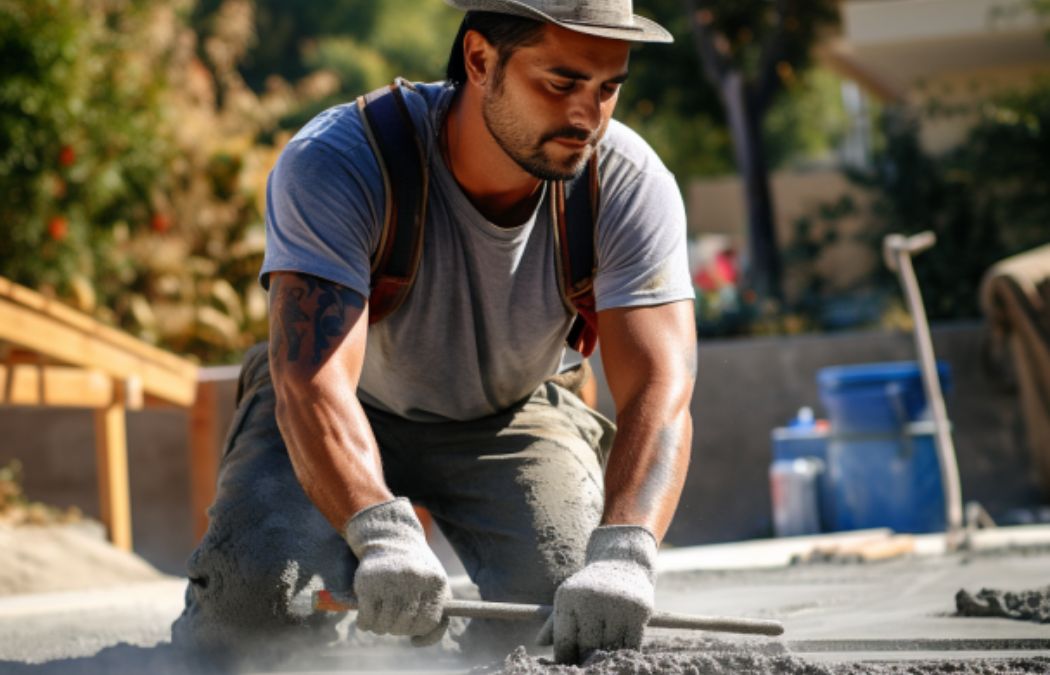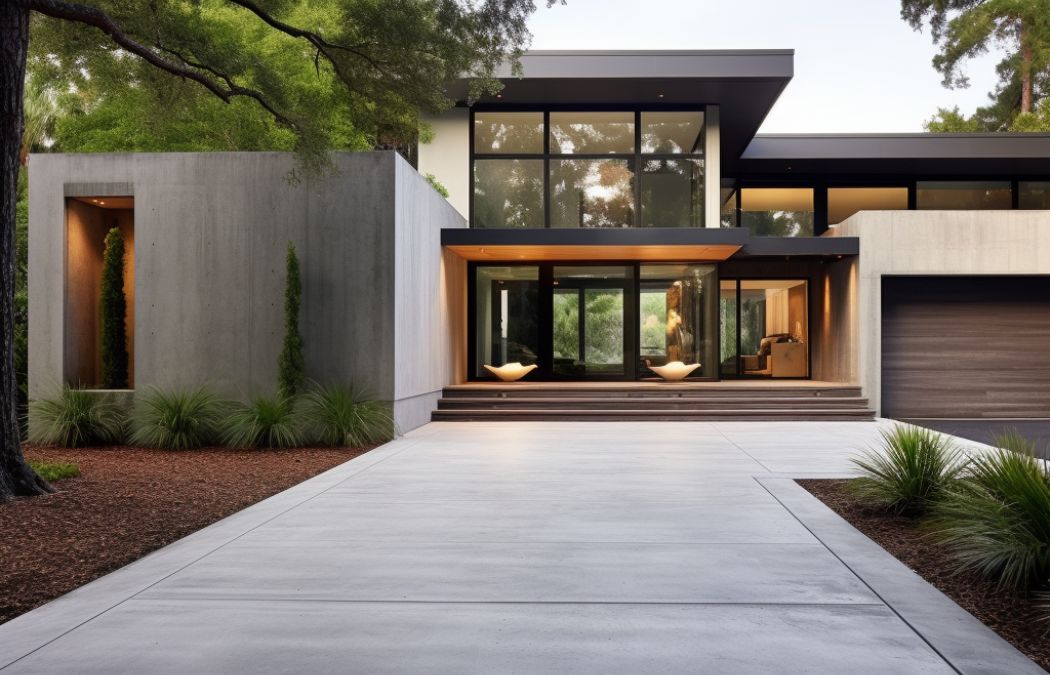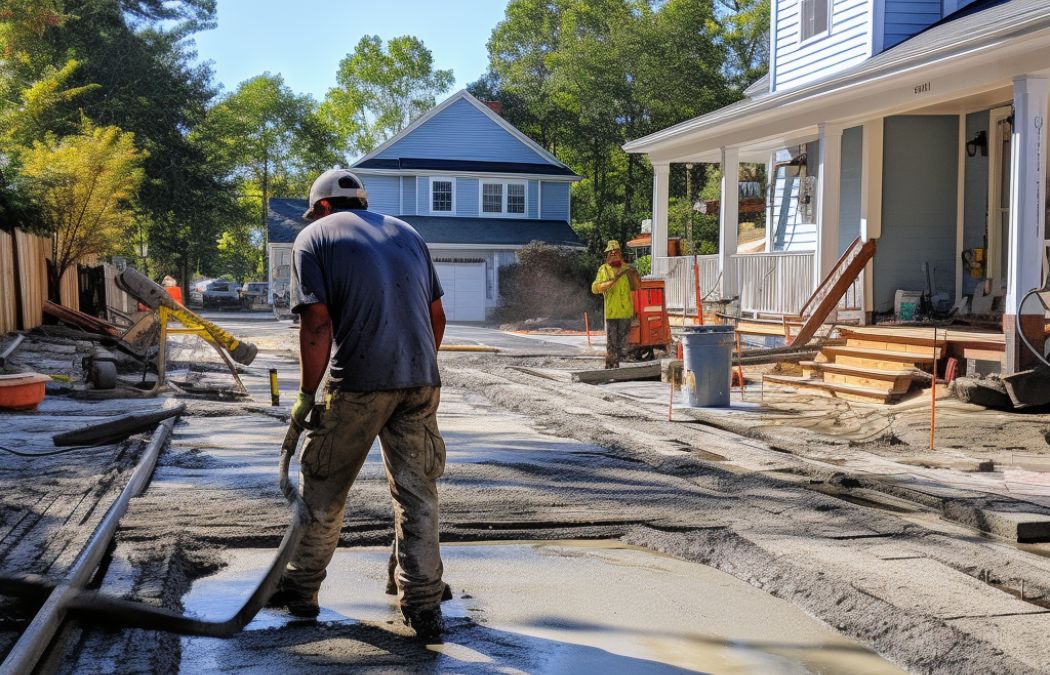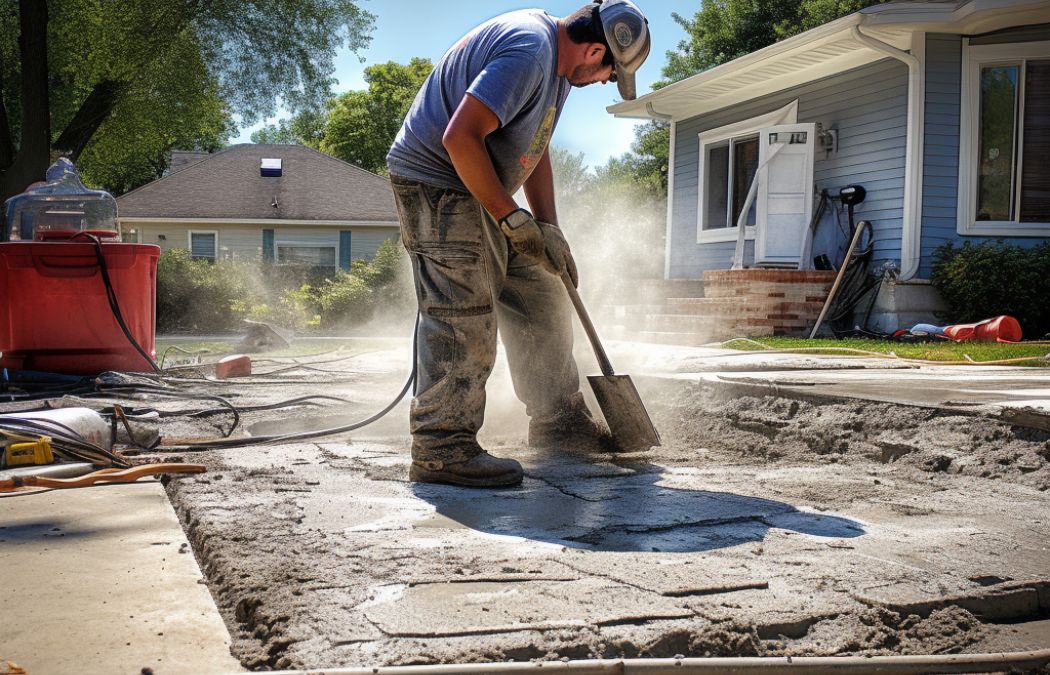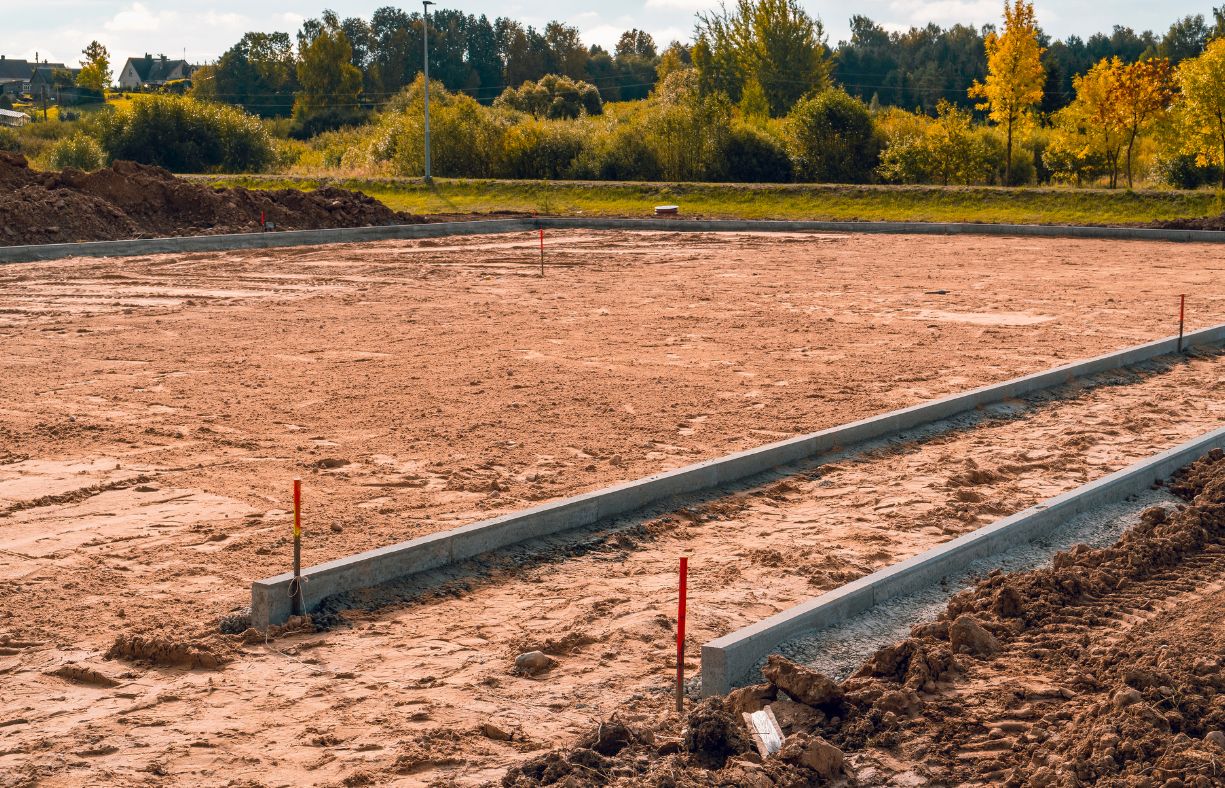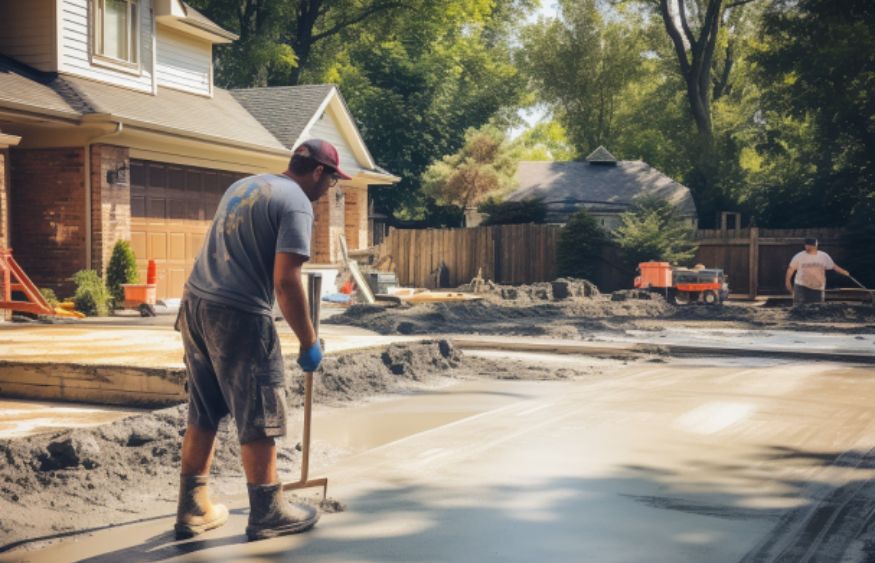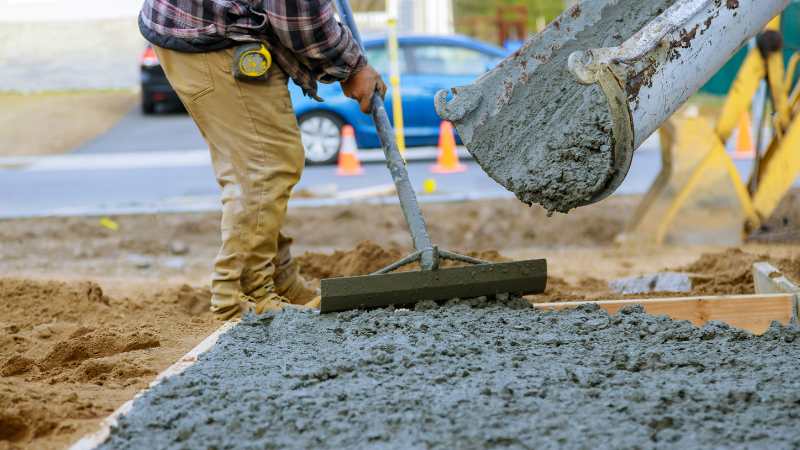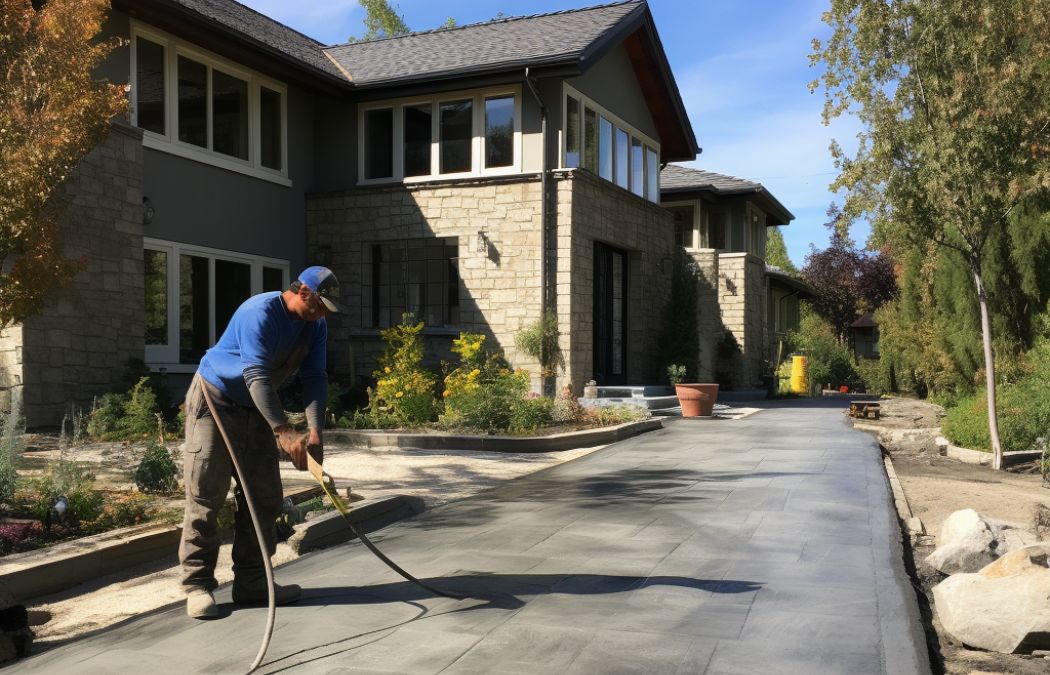|
Welcome to our complete guide to removing and replacing concrete driveways. A well-kept driveway not only improves the appearance of your home but also adds value to it. We'll lead you through every step of the process, from knowing the properties of concrete driveways to the benefits of replacement and to maintenance and financial considerations, in this guide. Importance of a Well-Maintained DrivewayWhen visitors approach your home, they first notice your driveway. It's more than just a helpful place; it's also a statement about the upkeep of your house. A broken or worn-out driveway might make an unfavorable first impression. A well-maintained one, on the other hand, offers curb appeal as well as functionality. Understanding Concrete DrivewaysCharacteristics of Concrete Driveways Concrete driveways are popular for their toughness and longevity. They can sustain huge heavy objects and are weather and erosion-resistant. They are not, however, impervious to wear and tear, thus replacement may be required. Signs of a Failing Driveway It is critical to recognize the indicators of a crumbling driveway. These symptoms include cracks, potholes, surface spalling, and uneven settling. These flaws, if handled, can improve over time and preserve the integrity of your driveway. Benefits of Concrete Driveway Replacement
Preparing for Concrete Driveway Replacement
Concrete Driveway Removal
Preparing the Ground
Choosing the Right Concrete
Pouring and Curing Concrete
DIY vs. Hiring Professionals
Common Problems and Solutions
ConclusionA concrete driveway is an important asset to your home, and it is critical to know how to remove and replace it properly. By following the procedures given in this comprehensive guide, you will improve your property's curb appeal and longevity while also making a prudent investment in its future. Remember, whether you do it yourself or hire someone, professionalism, and attention to detail are key to a successful concrete driveway replacement project. If you need concrete driveway contractor, contact Sioux Falls Concrete Contractor CALL: 6055504847
0 Comments
|
ArchivesCategories |
Serving Sioux Falls & All Surrounding Areas |
|

